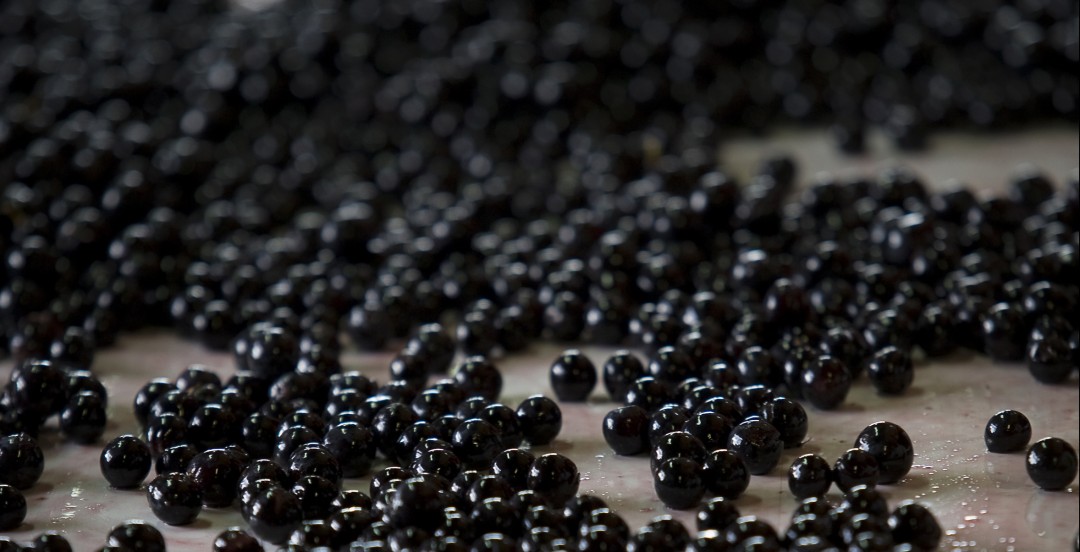If you read enough tasting notes, you will know that there is a whole language of descriptive words for things like acidity, mouthfeel, structure, and none more so than tannin. They are useful tools to describe a wine as precisely as possible. Some adjectives are fairly obvious, like silky or chewy, giving you an immediate sense of how they would play across your palate. Other terms are a little more obscure.
I was finding myself a little baffled by the majority of different tannin descriptors that I had heard or seen used…so, after talking to a number of MWs, winemakers, wine critics, etc., I decided to compile this nerdy little guide.
LEVELS
Low: soft, light, delicate, fine
Medium: moderate
High: big, massive, powerful
TYPES
Though there are no hard and fast rules, the following terms are most often used to describe a specific level of tannin. They are therefore (roughly) grouped by level.
Generally Associated with Light to Medium Tannin
Silky: Glides across the palate leaving little trace (ie. Burgundian Pinot Noir in ripe years)
Rounded: Well integrated, ripe and smooth. No harsh edges. Similar terms: supple, smooth.
Powdery: quantity of fine tannins that spread out all across the tongue & mouth (ie. Grenache dominant Châteauneuf-du-pape & Priorat)
Generally Associated with Medium to High Tannins
Velvetty: smooth textured; slightly more present than silky tannin (ie. Argentinian Malbec)
Plush: similar to velvetty, with a notion of richness/ sweetness (ie. Merlot – Pomerol, St. Emilion, Napa Valley, etc.)
Fine grained: firmly structured yet smooth (ie. High quality left bank Bordeaux)
Polished: smooth, seamless. Like silky but with more structure (ie. Zinfandel, some modern Rioja styles).
Sinewy: like muscular but slightly more lean (ie. St. Estèphe)
Chalky: a shade rougher and thicker than powdery (ie. good quality Chianti, certain Argentinian Cabernet Sauvignons)
Grainy: slightly astringent, rough edged like sand (ie. cheap Chianti). Similar terms: sandy.
Generally Associated with Very High Tannins
Chewy: coats the sides of the mouth, feels present and weighty enough to chew (ie. Douro red blends, Côte Rôtie, Hermitage)
Chunky: big, powerful and bulky…like chewy but bigger (ie. Barossa Shiraz, Aglianico)
Muscular: powerfully chalky tannins; generally associated with young wine. Similar terms: assertive (ie. Premium Napa Cabernet Sauvignon).
Grippy: tannin that sticks to the sides of your mouth (ie. Barolo)
Angular: tannins that hit one particular spot on your palate; jagged (ie. Bordeaux in lean years)
General Descriptors
These terms can apply to one or more tannin levels.
Unresolved vs. Resolved: Very firm, tightly knit referring to a young, highly tannic wine vs. softer, more mellow tannins after a period of ageing
Ripe: lack of any green, astringent or drying sensation
Firm: solid, unyielding. Generally medium + to high tannin wines. Similar terms: dense, tightly-knit.
Broad: opposite of firm. Generally medium to medium minus tannin wines.
Negative Descriptors
Often due to under ripe tannins or excessive extraction of bitter tannins (from seeds and/ or stems)
Harsh: rough and aggressive like sandpaper; drying. Similar terms: hard
Rustic/ Coarse: similar to harsh or aggressive, but slightly less damning
Aggressive: overly dominant, throwing off balance. Unpleasant. Similar terms: rigid.
Astringent: bitter and drying
Stalky: green, unripe, astringent

